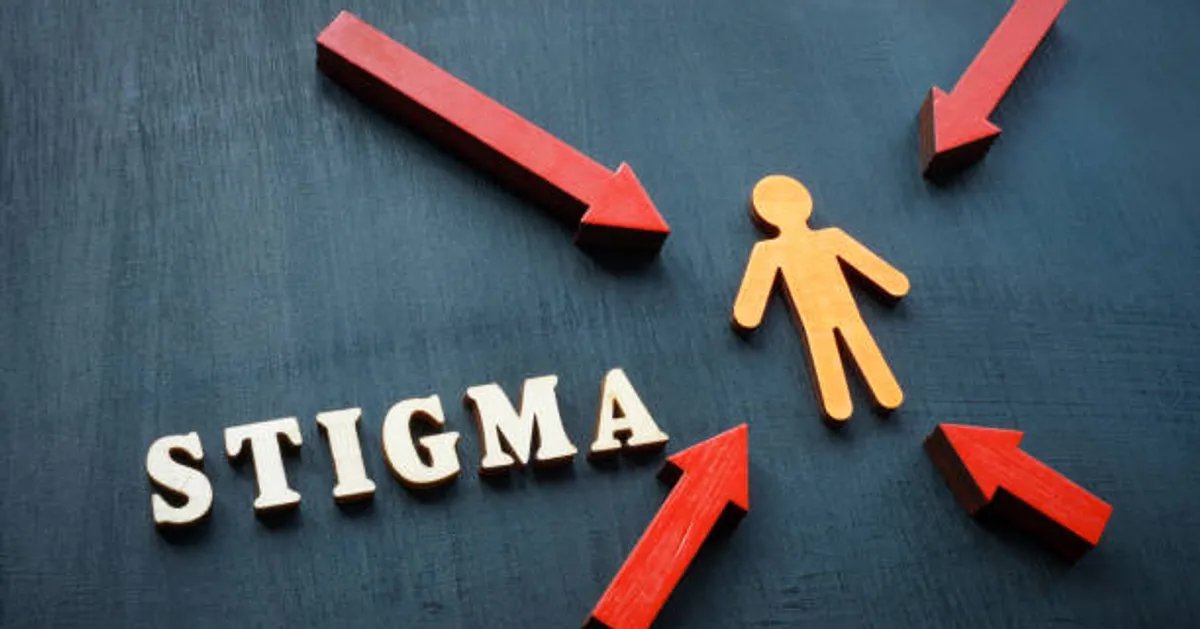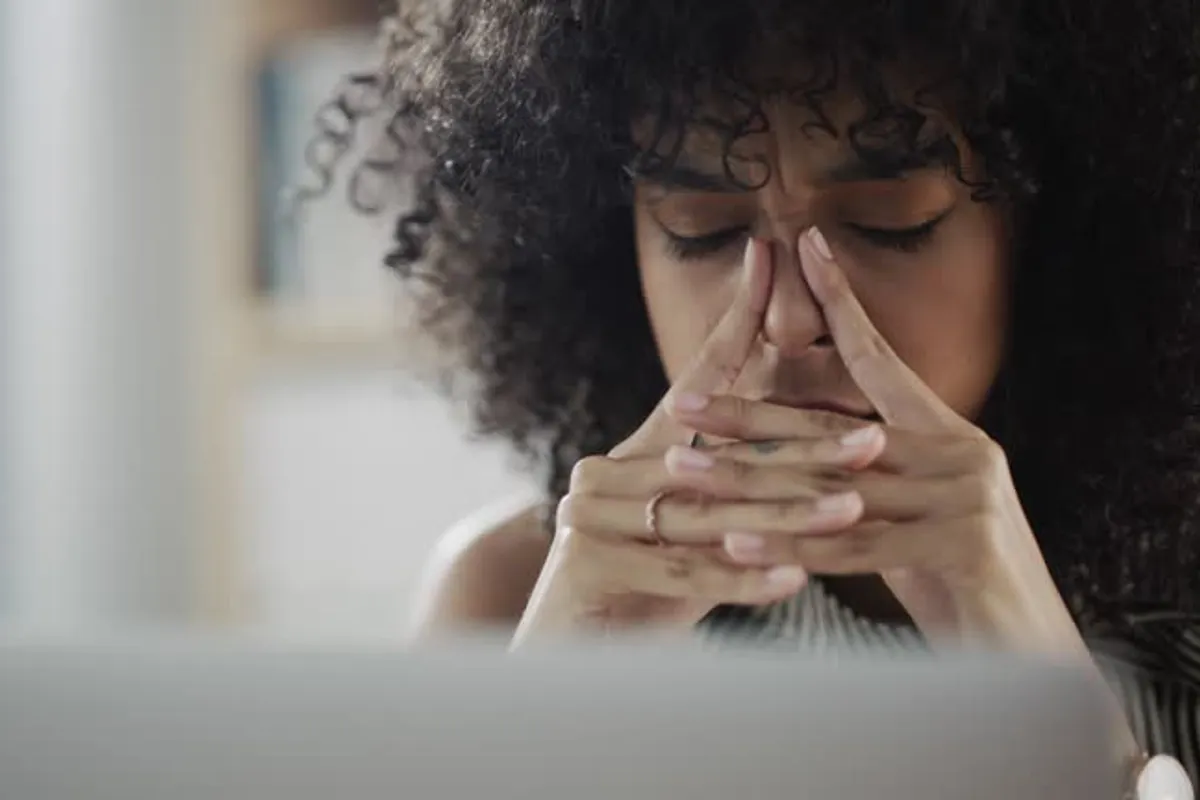
Breaking the Stigma Around Mental Health: Practical Steps for Change

GeokHub
Contributing Writer
Mental health stigma—negative attitudes, stereotypes, or discrimination toward those with mental health conditions—remains a significant barrier to seeking help and fostering open conversations. Despite progress, a 2023 American Psychological Association study found that 50% of adults with mental health issues avoid treatment due to fear of judgment. Breaking this stigma requires collective effort through education, empathy, and action. Below are science-backed strategies to challenge misconceptions, promote understanding, and create a supportive environment for mental health.
1. Educate Yourself and Others
Why it works: Knowledge dispels myths. Misconceptions, like equating mental illness with weakness, persist due to lack of understanding. A 2021 Journal of Mental Health study showed that educational programs reduce stigma by 30% by increasing awareness of mental health conditions.
How to do it:
- Learn the facts: Understand that mental health conditions, like depression or anxiety, are medical issues rooted in biology, environment, and genetics, not personal failings. Resources like the National Alliance on Mental Illness (NAMI) or World Health Organization (WHO) offer reliable information.
- Share accurate information: Post evidence-based resources on platforms like X to counter myths. For example, clarify that 1 in 5 adults experiences mental illness annually (NAMI, 2024), normalizing its prevalence.
- Host workshops: Organize community or workplace sessions with mental health professionals to discuss conditions, treatments, and recovery stories.
2. Normalize Open Conversations
Why it works: Talking openly reduces shame and encourages help-seeking. A 2022 The Lancet Psychiatry study found that public campaigns featuring personal stories decreased stigma by 25% and increased treatment uptake.
How to do it:
- Start small: Share your own experiences or feelings, like “I’ve felt overwhelmed lately,” to model vulnerability. This invites others to open up without pressure.
- Use inclusive language: Avoid terms like “crazy” or “insane.” Instead, say “living with depression” or “managing anxiety” to humanize conditions.
- Engage on social media: Amplify voices on X sharing recovery stories or mental health tips, like @MentalHealth_X’s posts on coping strategies, to foster a supportive online community.
3. Challenge Stereotypes and Media Portrayals
Why it works: Media often perpetuates harmful stereotypes, portraying mental illness as dangerous or erratic. A 2020 Journal of Social Psychiatry study found that positive media representations reduced discriminatory attitudes by 20%.
How to do it:
- Call out misinformation: Politely correct stereotypes when you hear them, e.g., “Mental illness doesn’t mean someone is violent; most people manage it with treatment.”
- Support positive portrayals: Advocate for accurate depictions in TV, films, or news. Highlight shows like Ted Lasso, which portrays therapy positively.
- Create content: Write blogs or share X posts showcasing diverse mental health experiences, emphasizing recovery and resilience.
4. Foster Supportive Environments
Why it works: Safe spaces encourage disclosure and reduce isolation. A 2023 Workplace Health & Safety study showed that supportive workplaces increased employee mental health disclosures by 40%.
How to do it:
- Workplace initiatives: Encourage employers to offer mental health days, Employee Assistance Programs (EAPs), or training for managers to recognize distress signs.
- Community support: Join or start local support groups through organizations like NAMI or Mental Health America. Virtual groups on X, like #MentalHealthMatters, connect people globally.
- Be an ally: Listen without judgment when someone shares their struggles. Offer phrases like, “I’m here for you,” instead of unsolicited advice.
5. Advocate for Policy and Access
Why it works: Systemic barriers, like limited access to care, reinforce stigma by signaling mental health is less important. A 2024 Health Affairs study found that improved access to therapy reduced stigma by 15% in underserved communities.
How to do it:
- Support policy change: Advocate for laws expanding mental health coverage, like the U.S. Mental Health Parity Act. Contact local representatives or sign petitions on platforms like Change.org.
- Promote resources: Share free or low-cost services, such as 988 (U.S. crisis hotline) or BetterHelp, on X or community boards.
- Address inequities: Highlight disparities in care access for marginalized groups. For example, Black Americans are 50% less likely to receive mental health treatment due to stigma and cost (APA, 2023).
6. Model Self-Care and Seek Help
Why it works: Leading by example normalizes help-seeking. A 2022 Psychology Today survey found that 70% of people felt encouraged to seek therapy after seeing others do so.
How to do it:
- Prioritize self-care: Practice mindfulness, exercise (150 min/week, per CDC), or journaling to manage stress. Share your routine on X to inspire others.
- Seek professional help: If needed, consult a therapist or counselor. Publicly acknowledging therapy (e.g., “Therapy helped me cope”) reduces stigma.
- Encourage others: Gently suggest resources to friends or family, like, “Have you considered talking to someone? It helped me.”
7. Support Recovery Stories
Why it works: Highlighting recovery shifts focus from illness to hope. A 2021 Psychiatric Services study showed that recovery narratives increased public empathy by 35%.
How to do it:
- Amplify voices: Retweet or share X posts from users like @RecoveryRoadmap, who discuss overcoming mental health challenges.
- Celebrate progress: Acknowledge small wins, like a friend attending therapy or managing anxiety, to reinforce positive steps.
- Volunteer: Join organizations like Mental Health First Aid to train in supporting others’ recovery journeys.
Sample Action Plan
- Day 1: Read a NAMI article on depression and share a key fact on X.
- Day 2: Start a conversation with a friend about stress, using inclusive language.
- Day 3: Watch a movie with positive mental health themes and discuss it in a group.
- Day 4: Ask your workplace about mental health resources and share findings.
- Day 5: Call 988 to learn about crisis support and post about it on X.
- Day 6: Try 10 min of meditation and encourage a friend to join.
- Day 7: Share a recovery story (yours or with permission) to inspire others.
Final Thoughts
Breaking mental health stigma requires consistent, collective action. By educating, normalizing conversations, challenging stereotypes, and advocating for change, you can create a world where seeking help is as accepted as treating physical ailments. Start small, stay empathetic, and use platforms like X to amplify positive messages. Together, we can make mental health a priority without judgment.








